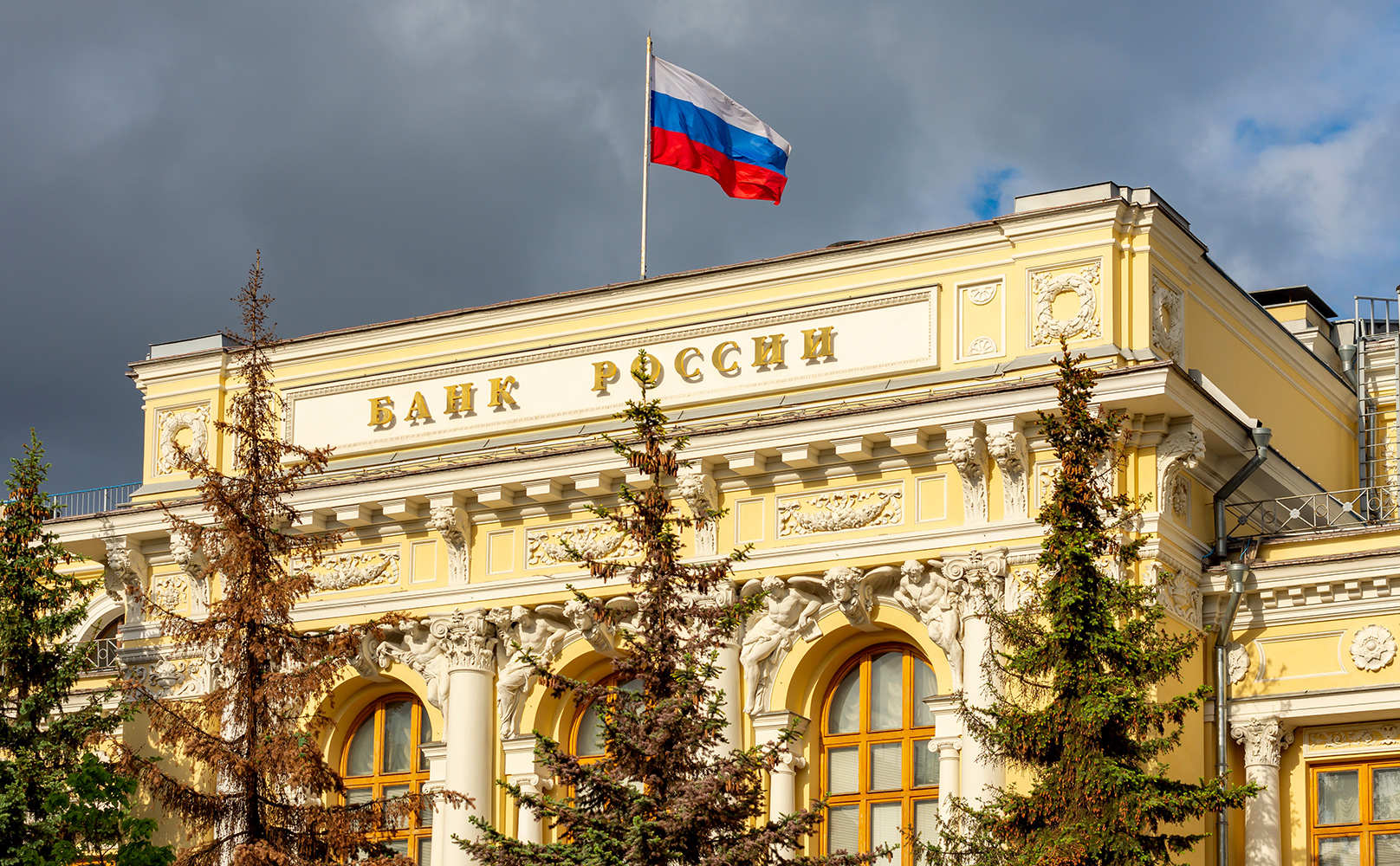Iran is on the brink of a significant event in its financial history. This Friday, the country plans to issue a digital version of its national currency, completing a three-year process of development and testing.
Stages of CBDC development
Over the past three years, the Central Bank Digital Currency (CBDC) project has gone through several key stages:
- Concept preparation
- Development of the technological base
- Testing in the domestic market
Features of the digital rial
The Central Bank of the Islamic Republic aims to make the digital rial equivalent to the fiat currency:
- The token will be used as a full-fledged means of payment
- The value of digital and fiat rial is planned to be equalized
Application in the tourism market Special attention is paid to the introduction of CBDC in the tourism sector. On the popular resort of Kish Island, tourists will have widespread access to the use of the digital rial. Users will be able to send funds by scanning a QR code.
The Central Bank of Iran has prepared the technical infrastructure for the functioning of the digital rial:
- All transactions will be processed using special software
- Users will need a digital wallet to store tokens
- Operations can be performed without opening a bank account
Full integration of the digital rial into Iran’s financial system will take some time. The process is expected to be completed over the next few years. This will allow the population and businesses to gradually adapt to the new form of national currency.
The launch of the digital rial represents a significant step forward for Iran’s financial system. It not only modernizes the country’s payment infrastructure but can also open up new opportunities for economic development and international cooperation.

The Bank of Russia is preparing a new approach to regulating crypto exchanges.

South Korea's FSC is preparing new regulations for crypto exchanges

The SEC will cancel inspections of crypto companies in 2026.



